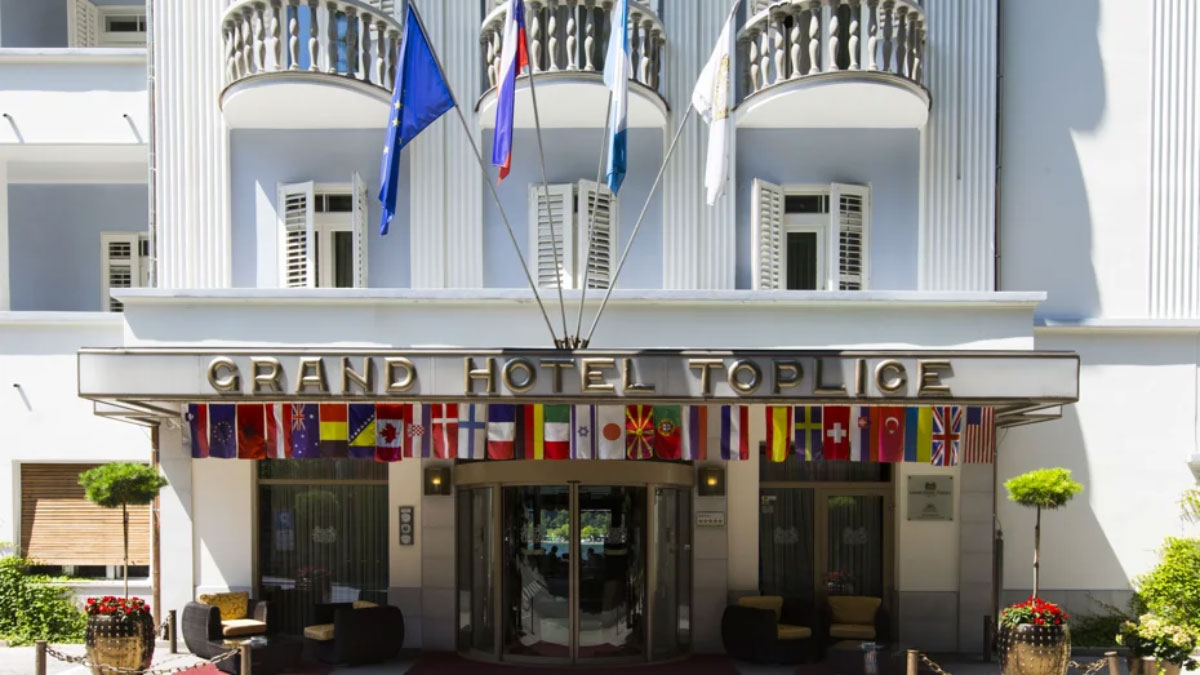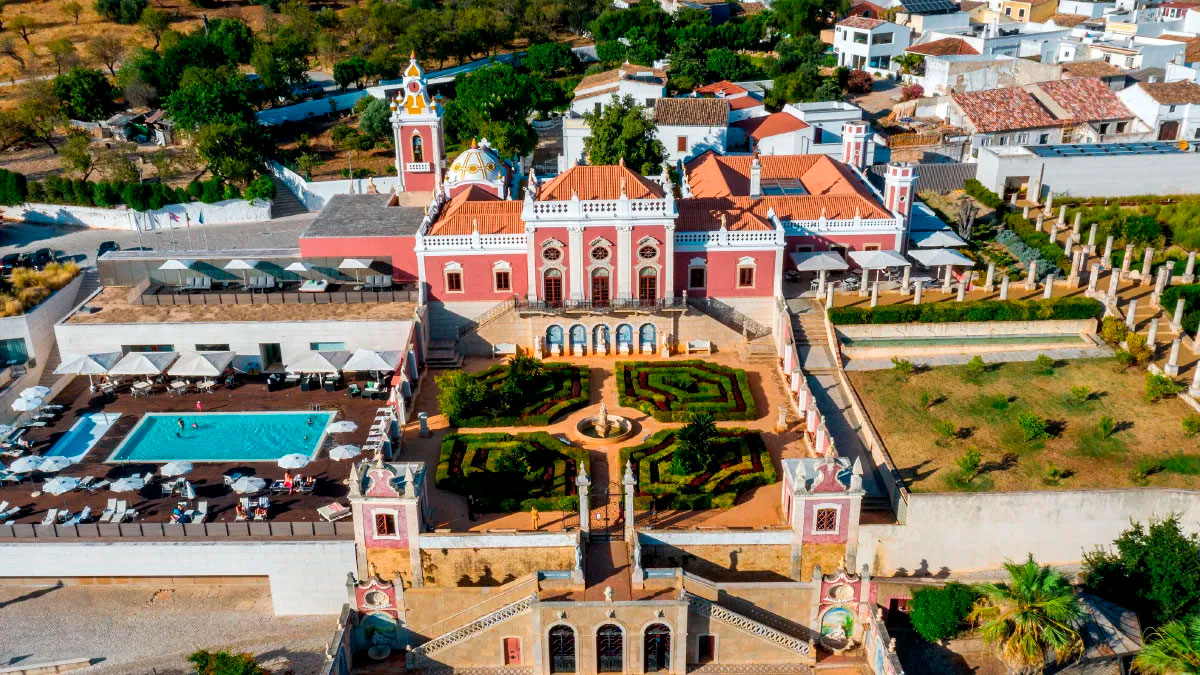
The hotel we’ve chosen this month, occupies a 250-year-old Armenian mansion, according to the few texts that speak of it. This condition, coupled with its location in Ürgüp, in the historic region of Cappadocia, central Anatolia, Turkey, makes this boutique hotel a special place, to say the least. Especially after the sweeping move of architect Turan Gülcüoğlu, who left behind an astonishing restoration and interior design work. The name of the hotel, Sacred House, gives a good clue as to what to expect once you pass the balustraded columns (neo-Renaissance?) flanking the portal, beneath the beatific, angelic figures that seem to pray for your soul over both segments of the pointed arch, beyond its solid limestone walls.


Indeed, similar winged figures, in other words, soft-limbed gentle angels, in a delicate reverent attitude, welcome us into the atrium around which the hotel itself is gathered. Contributing to its unusual atmosphere is the multitude of eclectic elements of a whimsical architecture, as if chosen and dropped at random, between baroque and neoclassical. Tympanum, semi-circular arches, mouldings, reliefs, a sort of venerations, mullioned openings, and so on, envelop us with a sense of strangeness. But that’s not all, far from it.

The 21 rooms of the Sacred House Hotel barely resemble each other, except that they all convey the same unsettling vibe, in a spectrum that ranges from the gothic beyond the grave to self-indulgent romanticism, even with the occasional medievalist country slip. In fact, each of the rooms demonstrates, with its particular name, towards which frequency of this spectrum it deviates: Full Moon, Sanctuary, Bacchus’ Hideaway, Harem, Treasury of Byzantium, Ancient Chapel, Allegory of Jealousy, Divine, Oracle, Fairy’s Nest, King’s Ego, Lilith, Opium or Deep Forest are some of the appellatives. In this respect, the spa of this “sacred house” deserves a separate paragraph, which also reveals with its contradictory name, where we are heading: Inferno.


To reach the Inferno, we pass through a portico in the atrium and descend a circular staircase into the depths of a basement carved out of the rock. Were it not for the profuse lighting, you would think you were entering the catacombs of Rome. “We are embarking on the forbidden” (Nitimur in vetitum), proclaims Nietzsche’s quotation on the lintel supported by three large balustraded columns, which is lost behind the circumvolutions of the excavated rock. On the left, between two other smaller columns (also balustraded), an angel crosses the exposed brick wall of the large niche, upside down to lean with his right hand on the mantle of the fireplace (there is indeed a hearth in Inferno too), and grants us the light of the candelabra which he holds in his left hand. A few Chesterfield sofas in front of the hearth and more candelabras, everywhere historic candelabras and huge candlesticks.


Finally, on the other side of the lintel that proclaims the passage to the forbidden, a sumptuous pool of red mosaic like hellfire. The arches supporting small columns from their apexes, as well as other architectural details, are arranged with such artifice that they seem to be part of a building hidden behind the rock, only partially brought to light by an archaeological excavation. To complete the fantasy, in an effect that is difficult to describe, a chandelier hangs from the ceiling over the water in the centre of the pool. One part of the pool finally enters a brief cavern, at the bottom of which two little love birds hold a plaque with an inscription which in this case quotes William Blake: “if the doors of perception were cleansed, everything would appear to man as it is: infinite”. In this kind of underworld devoted to extravagance, one cannot tell whether one is living or dreaming, or whether one is lost in infinity. And that is precisely its grace, the impossibility of affirming that things are what they seem, or seem to be what they are.



Now we understand better the statements of Mr. Gülcüoğlu, the architect, when he said, according to Modeliste Magazine, that his aim was to “create a sophisticated, intellectual and aristocratic space for high culture, a divine refuge with a unique energy, aura and virtue”. The sculptures and paintings that populate the corridors and rooms, representing the most exquisite art, the antique furniture, as well as the library stocked with rare first edition books by great thinkers such as Nietzsche, Sartre, Schopenhauer, Huxley, Goethe, Camus and Blake, are details that add to the testimony of Sacred House Hotel. More than a hotel, a game that anyone with a good sense of humour would like to enter.
Sources: Modeliste Magazine, Sacred House Hotel.
Images: Sacred House Hotel.










